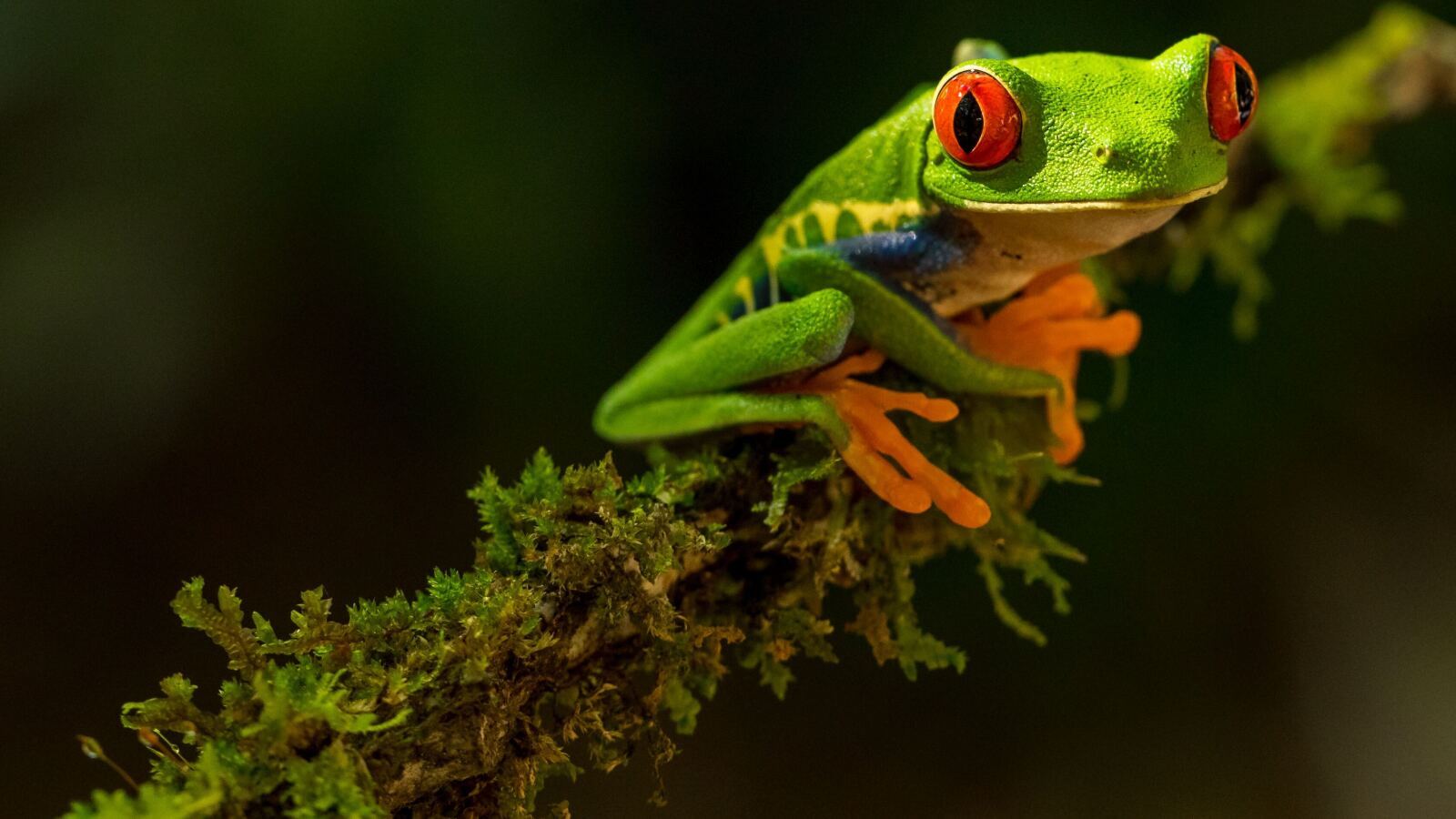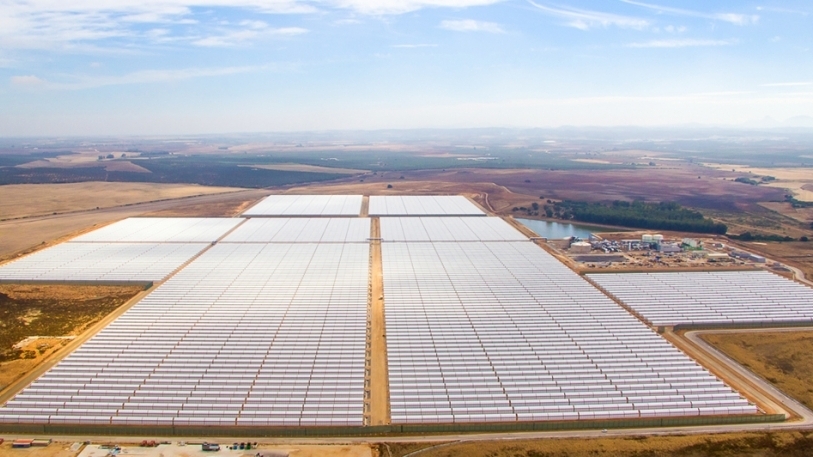
Investors and biodiversity: Young love, new challenges
Investors continue to struggle with integrating biodiversity in their decision-making process
Over two in five Dutch financial institutions still don’t grant biodiversity a place in investment decisions, a study showed, illustrating the need for growing awareness of the sector’s reliance on ecosystem services.
“By no means all Dutch investors are paying attention to biodiversity,” a study released late October by the Association of Investors for Sustainable Development (VBDO) said after 60 major Dutch insurance firms and pension funds were surveyed.
If the financial sector is increasingly taking the impacts of climate change into account to hike the chances of capping temperature rises to 1.5 degree Celsius, only 58% of the respondents are considering biodiversity when making investment decisions.
Yet, as over half of the global economic output is projected to be moderately to highly dependent on nature, “biodiversity loss and ecosystem collapse” is perceived as “one of the fastest deteriorating global risks over the next decade,” according to the latest risks report by the World Economic Forum’s (WEF), which warns of far-reaching economic and societal repercussions.
Boards are careful not to over promise on something that is not really easy to manage for them.
For WEF, these include the rising occurrence of zoonotic diseases, a drop in crop yields, growing water stress and related conflicts, the loss of livelihoods that depend on food systems and nature-based services and more frequent extreme weather events.
“Biodiversity loss (…) upsets the balance within the ecosystems and jeopardises the ecosystem services, which consequently leads to financial risks for financial institutions. And financial institutions also contribute to the risk of biodiversity loss to which they are exposed to,” Jacqueline Duiker, senior sustainability manager and responsible investment at VBDO, explained in a call.
Or as greening finance lead at World Wildlife Fund (WWF) Netherlands Christine Wortmann stressed in VBDO’s study, “preserving biodiversity is both an ethical duty and essential for the stability and resilience of our financial markets.”
Making biodiversity a priority
Considering biodiversity impacts is not a priority for all executives at the financial institutions that VBDO surveyed, which included companies like Allianz Nederland, a.s.r. and Algemeen Burgelijk Pensioenfonds (ABP).
The association indeed pointed that biodiversity was currently considered “moderately relevant” overall by the average board.
“Boards often find it a complicated topic and first want to understand biodiversity much better before they make it a priority. So, boards are careful not to over promise on something that is not really easy to manage for them,” Duiker pointed out.
“Over the past few years, we had many of our clients for whom biodiversity is climbing on their priority letter,” Arjan Ruijs, senior responsible investment officer for pensions advisory and investment management group Cardano, said in the call. “Many of them are struggling (to get) how dependent they are and to what extent it’s a topic that is relevant for them as an asset owner.”
Ruijs however believes that many firms already treat biodiversity as part of their consideration of climate change impacts and risks related, for instance, to pollution, water shortage or deforestation. “Many don’t see the relationships between all these.”
The VBDO report explains that “one good place to start with integrating biodiversity as a financial institution is to find support, resources or collaboration opportunities by using standards and joining initiatives relating to biodiversity.”
Asset owners can join, among other initiatives, the Science Based Targets initiative (SBTi) Finance Framework, Nature Action 100, the Post-2020 Global Biodiversity Framework, the ICO Accountability Framework, or the Finance for Biodiversity Pledge.
VBDO found that 65% of the respondents were supporting or committing to at least one of these six initiatives. Those which don’t take part in any of them often indicated that their board focused on other environmental, social and governance (ESG) themes.
But as the relationship that the financial sector has with biodiversity is two-sided – investors can affect biodiversity via the activities that they finance as much as they depend on the loss of biodiversity to carry such activities, impact assessment is vital; the Dutch central bank (DNB) even estimates that Dutch financial institutions have €510 bn at risk due to their high or very high dependency on one or more of the planet’s ecosystem services.
Despite such an exposure, only half of the 60 Dutch financial institutions are currently assessing the impact on biodiversity for one or more of the Intergovernmental Science-Policy Platform on Biodiversity and Ecosystem Services (IPBES) biodiversity-loss drivers – known as changes in land- and sea-use, direct exploitation of organisms, climate change, pollution and invasive species.
Of the 30 respondents that told VBDO that they weren’t assessing the biodiversity impact of their investments, 13% said that they were looking into tools to do so or had joined the Partnership for Biodiversity Accounting Financials (PBAF) for guidance.
Data availability and uniformity
According to VBDO, 70% of the respondents found that the low quality or lack of useful data was the biggest obstacle to surmount in order to integrate biodiversity in their investment decision-making process.
Biodiversity (is) often an externality that you are not pricing in.
The financial sector must however work towards integrating biodiversity in the investment instruments that it has available.
“Our analysis of the use of investor instruments shows that financial institutions mostly consider biodiversity in engagement (78%), ESG integration (58%) and voting (53%),” the report says. Meanwhile, “less than half of the respondents indicated that biodiversity is a factor in exclusion (48%) and/or impact investing (40%).”
For Peter van der Werf, head of engagement at Dutch asset management firm Robeco, the allocation of assets to biodiversity- or nature-positive strategies is still a very nascent process. He however believes that “this is where the real shift will continue to happen in the coming five to 10 years.”
But integrating biodiversity is still subject to various interpretations, VBDO said, hence the lack of uniformity in measurement.
“For some respondents, ‘biodiversity integration’ can mean that biodiversity is taken into account indirectly through general ESG ratings; for others, it refers to having a specific policy on biodiversity,” the association wrote in its report, as they blamed the lack of “a universal method or set of indicators to measure biodiversity impact and a market standard.”
Duiker confirmed that there was an apparent confusion as investors don’t always know that they are including biodiversity in one of their investment instruments when they are looking into climate change impacts on their portfolio.
“In some cases, there is a very clear link (between biodiversity and investment),” Van der Werf explained in the call, citing as an example companies in the food production sector.
But in other situations, that link isn’t as obvious. “I think that’s where you really get to the heart of the issue with biodiversity: it’s often an externality that you are not pricing in and therefore, from a valuation perspective, the loss of biodiversity driven by the company that you’re analysing and its activities isn’t part of how you would ultimately predict its future value,” he said.
Ruijs also stated that the time scale was to consider, as some corporations will be affected in the short term, while others will suffer from a lack of resilience against biodiversity changes in the longer run, which includes consequences on their supply chain.
“For that sense, it’s wise for many organisations to consider how, throughout the supply chain, they are dependent on biodiversity and whether they should become more resilient to shocks (…) that are related to biodiversity loss,” he noted.
Finally, Duiker advised on behalf of VBDO that companies ensure an internal alignment that will involve their board throughout the process of integrating biodiversity in investment decisions. Secondly, companies must be “bold and clear,” she stressed.
“Ask yourself the key question: ‘how does our financial strategy substantially reduce biodiversity loss?’ and take it from there. And thirdly, don’t wait,” she added. “At least not until the data is perfect, because while we’re waiting, the risks increase.”




